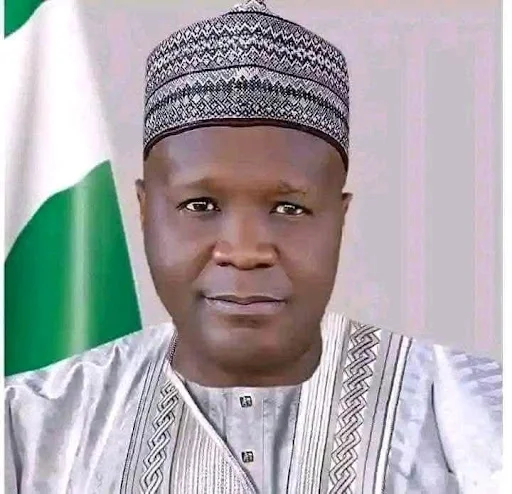Beyond the Headlines: Gombe’s Quiet Revolution in Basic Education
By Abdulwahab Muhammad Bauchi
In the quest for national development, it’s often easier to spotlight a single crack in the wall than to recognize the steady construction of a stronger foundation beneath it. Such is the case with recent reports focusing on a dilapidated school building in Billiri Local Government Area of Gombe State—a snapshot that, while concerning, risks distorting the broader narrative of progress in the state’s education sector.
Constructive criticism is essential in a democracy. However, it must be grounded in fairness and context. A single image of a roofless classroom cannot capture the full scope of Governor Muhammadu Inuwa Yahaya’s administration’s efforts to transform education in Gombe State—efforts that are deliberate, inclusive, and, crucially, delivering results.
When Governor Inuwa Yahaya assumed office in 2019, he inherited a system strained by decades of neglect—crumbling infrastructure, unmotivated teachers, and thousands of out-of-school children. Rather than offering excuses, the administration declared a state of emergency in education and increased budgetary allocation to address these long-standing issues.
Since then, more than 2,000 classrooms have been constructed or rehabilitated across all 114 wards in the state. These are not cosmetic touch-ups but comprehensive upgrades—including toilets, staff offices, storage facilities, and, in many cases, completely new buildings—designed to provide a safe and conducive environment for learning.
In Billiri LGA alone, numerous schools across communities such as Sikirit, Tal, Latede, Ayaba, and Tudu have benefited from these upgrades. Even remote nomadic and ECCDE schools have seen tangible improvements. To portray the entire local government or state as neglectful based on one structure currently in line for rehabilitation is not only unfair—it’s misleading.
The administration's reforms go beyond infrastructure. The establishment of a Teachers Resource Centre in Kwami—the first of its kind in the North-East—underscores the government’s commitment to continuous teacher training and professional development. Quality education begins with quality educators, and Gombe is investing accordingly.
Perhaps most significantly, through the now-concluded Better Education Service Delivery for All (BESDA) programme, Gombe State has returned over 350,000 out-of-school children to the classroom. Over 250,000 children were enrolled in basic education—many through the innovative integration of traditional Tsangaya (Islamic) learning with formal western education, bridging a long-standing gap in access.
The results are real and measurable. School enrolment is rising. Classroom performance is improving. Parents are regaining confidence in the public education system. Teachers are more motivated. And perhaps most importantly, children across Gombe are being given a fairer shot at a better future.
There is no denying that challenges remain—no government can fix decades of neglect overnight. But there is equally no denying the visible and sustained progress being made. Gombe State is not merely patching up a broken system; it is building a better one.
So, to those who see only the cracks, we urge a broader lens. Visit the schools that have been transformed. Talk to the teachers and students whose lives have changed. Then you will understand: this is not the story of a failing system—it is the story of a future being built, one classroom at a time.
End




